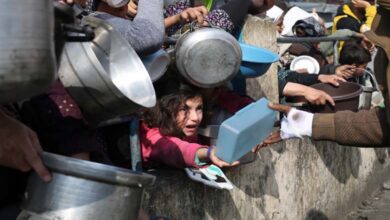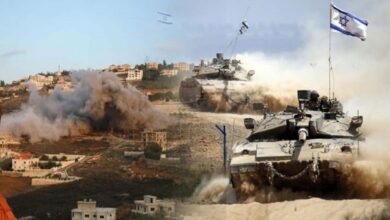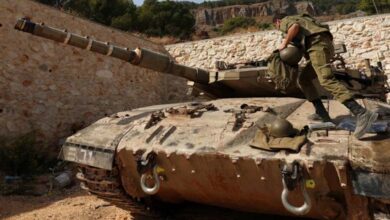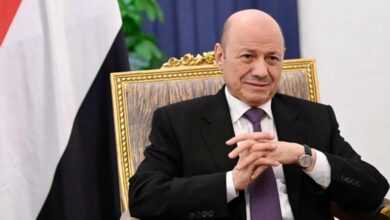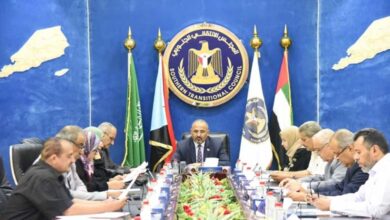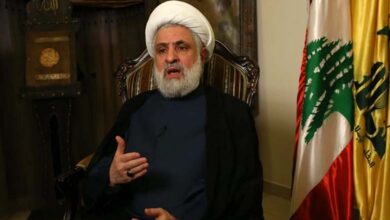Conflict between Hezbollah and the supporters of the Syrian regime in al-Qusayr
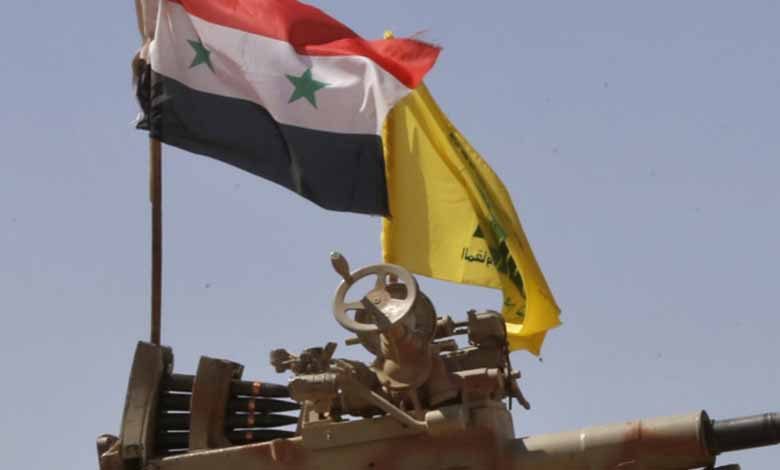
Sources informed Asharq Al-Awsat that Members of Lebanon’s Hezbollah are trying to make pressure on the supporters of the Syrian regime in al-Qusayr of Homs countryside in central Syria to sell their lands near the Lebanese border at the lowest prices.
Indeed, a farmer from a Christian family, who is known for their loyalty to the regime, is being pressed by Hezbollah supporters because he rejects to sell his land west of the river.
The sources also stated that partisans who stayed in the city and fought with the regime, particularly the Christians, feel that Hezbollah has turned against them.
In this context, Hezbollah commanders gathered with citizens to discuss the matter and affirmed that the party told its members and supporters that they are not allowed to annoy Christian families. But, in fact, the situation is different.
According to the sources, the regime, the security services, and the Baath Party in the region are not satisfied with Hezbollah’s attempts to control land in the western region of the Orontes. They issued an internal circular for the municipalities in Homs, alerting against selling lands in western Orontes areas because there is a clear fear of turning them into areas loyal to Hezbollah.
Moreover, the military security secretly interfered to stop Hezbollah and Iran to resettle the residents of Kefraya and al-Fuah in Qusayr after the achievement of the 2017 Four Cities Agreement that was indicated a safe exit for the residents and militants.
Although organizing places for resettlement in the west and east of the city, the project was restricted to few houses after the security services sent the people to occupy empty houses.
It should note that after that the regime recuperated control of Qusayr area in 2013, with the support of Hezbollah, just 10,000 of the city’s 111,969 population stayed in their homes, while the rest were internally moved or left to the Lebanese border town of Arsal and other villages in the Bekaa valley.
After recuperating control of the region, the moved people were permitted to return to the city, and estimations showed that 8,000 persons went back between 2013 and 2019. However, in 2021, about15, 000 refugees lived in illegal camps in the Bekaa, forming 30 percent of the Syrian refugees in the north of Lebanon.
Furthermore, Qusayr fell down under the common control of the regime forces and Hezbollah, despite that the wider and stronger control of the party about the western villages and agricultural lands near the border.
Otherwise, Moscow and after the Russian military intervention in Syria in 2015, suggested initiatives for the return of Syrian refugees, including the residents of Qusayr in Arsal’s camps.
On his part, Hezbollah Secretary-General Hassan Nasrallah called, during a speech in the summer of 2019, the people of Qusayr to return. Nevertheless, a lot of them were hesitant and demanded international assurances for their safety. But, their demands were blocked, and the Russian initiative that resulted in the return of about 170,000 refugees from Lebanon to many Syrian areas, didn’t comprise refugees from Qusayr and was later postponed.
In the meantime, internally moved persons, from state employees, returned to their areas after obtaining security authorizations and regularizing their status, in what a plan launched in July 2019 reported.
Besides, local sources stated that most of Qusayr’s internally moved persons returned to their homes between 2019 and 2020, and a lot are remain to return particularly after state institutions, transportation lines, and schools resumed their work in the city.
The sources also indicated that the regime is clearly seeking to reestablish services to most neighborhoods, including water, electricity, communications, and eliminating debris from the streets, although limited capabilities and corruption.
However, Hezbollah control the Syrian borderlands in Qusayr, and also the legal and illegal crossings over the Orontes River which links the Lebanese Bekaa region with the Homs governorate via the Jousieh crossing that was created in 1919.
Historically, the region is seen as a one of the most important centers of trade exchange between Homs and northern Lebanon, particularly because it is close to Qalamoun in Damascus countryside and Rabia Valley, from Qalamoun Mountains to Orontes River.
Also, the topography of the areas is appropriate for trafficking operations between Syria and Lebanon. According to an opposition activist from Qusayr, after the control of Hezbollah, trafficking became linked to regional networks. It is led by loyalists and the Fourth Division, affiliated with the regime forces,
The activist also noted that the situation resulted in the emergence of warlords in Qusayr, who are considered wealthy by rural standards. These persons are very important for the party and help facilitate the purchase of land and real estate in the region.




